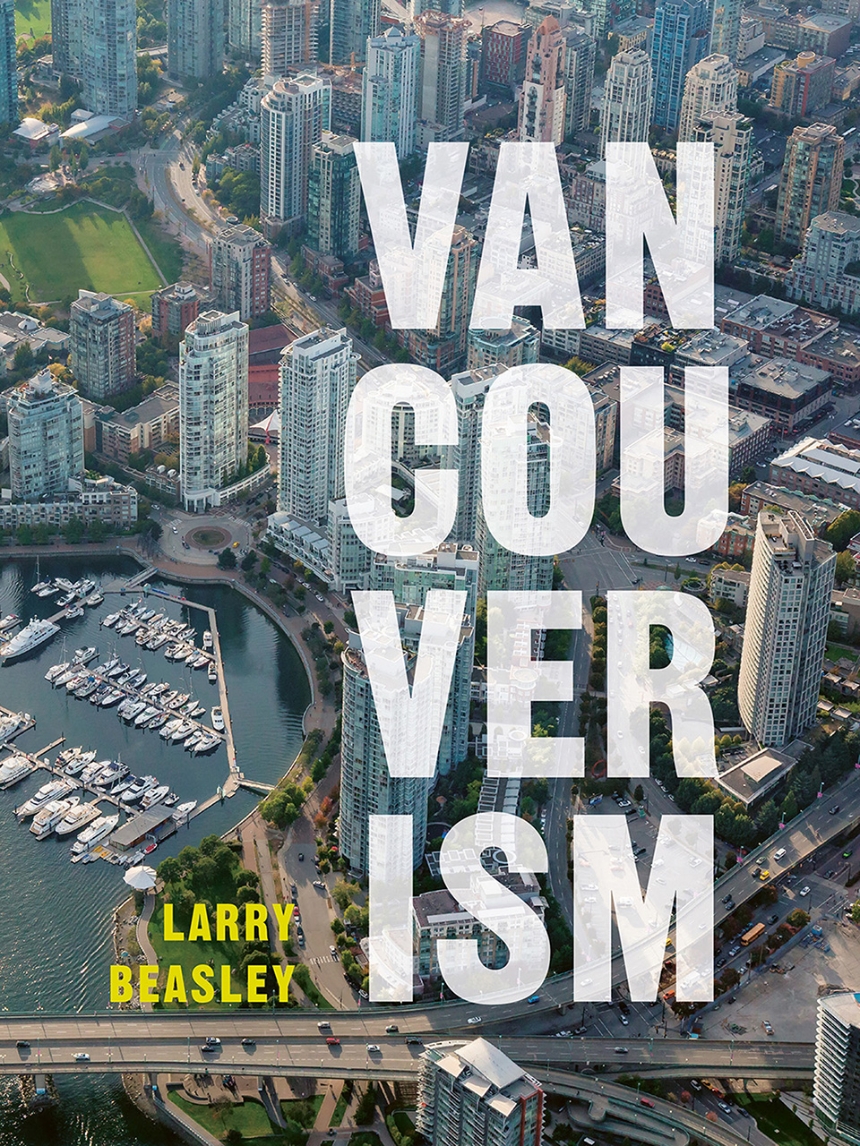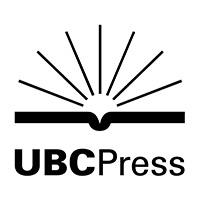Distributed for University of British Columbia Press
Vancouverism
Until the 1980s, Vancouver was a typical mid-sized North American city. But after the city hosted Expo 86, something extraordinary happened. This otherwise unremarkable urban centre was transformed into an inspiring world-class city celebrated for its livability, sustainability, and competitiveness. This book tells the story of the urban planning phenomenon called “Vancouverism” and the philosophy and practice behind it. Writing from an insider’s perspective, Larry Beasley, a former chief planner of Vancouver, traces the principles that inspired Vancouverism and the policy framework developed to implement it. A prologue, written by Frances Bula, outlines the political and urban history of Vancouver up until the 1980s. The text is also beautifully illustrated by the author with 200 colour photographs depicting not only the city’s vibrancy but also the principles of Vancouverism in action.
Table of Contents
Prologue
The Beginnings | Frances Bula
Part 1: What Is Vancouverism?
1 Setting the Stage
2 A Unique Context for Urban Innovation
3 Counter-Intuitive Perspectives for Shaping a City
Part 2: The Key Urban Principles of Vancouverism
4 Neighbourhoods
5 Transportation Choices
6 Diversity
7 Urban Design
8 Environmental Responsibility
9 Public and Private Collaboration
Part 3: The Future of Vancouverism
10 New Iterations and Lessons Learned
Epilogue
A Special Urban Experience
Notes; Index

